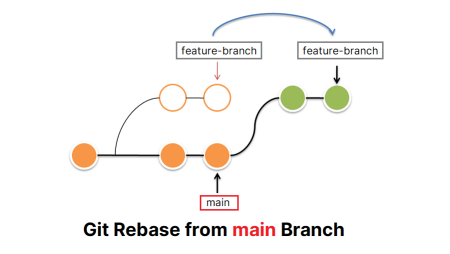In Linux, the file permissions determine who can access and modify a file or directory. By default, the owner of a file or directory has full control over it, but it is also possible to grant or restrict access to other users or groups. If you want to change the permissions of multiple files or directories at once, you can use the `chmod` command with the `-R` option to recursively change the permissions.
In this article, we will explore how to recursively change the file permissions in Linux.
Syntax
The basic syntax for using `chmod` to recursively change permissions is as follows:
1 2 | ## Syntax chmod -R <permissions> <directory> |
The `+` to add permissions, and `-` to remove permissions. The permissions themselves are represented by the letters r (read), w (write), and x (execute).
Here, `-R` tells `chmod` to operate recursively,
Change the File’s Permissions Recursively
For example, to give all users read and write permissions to all files and directories under `/home/user/documents`, you could use the following command:
chmod -R u+rw /home/user/documents
For example, the `u+rw` in the above command adds read and write permissions for the user, while `g-x` would remove execute permissions for the group.
It’s important to note that changing permissions recursively can be a powerful and potentially dangerous operation, as it can affect many files and directories at once. For this reason, it’s a good idea to be careful when using the `-R` option, and to test the command on a small subset of files before running it on a larger directory structure.
Change the File’s Permissions With `find` Command
You can also use the `find` command in conjunction with `chmod` to recursively change permissions based on certain criteria. For example, to give read and write permissions to all directories under /home/user/documents, but only read permissions to all files, you could use the following command:
find /home/user/documents -type d -exec chmod u+rw {} \;find /home/user/documents -type f -exec chmod u+r {} \;
Here, find searches for directories (-type d) and files (-type f) under the /home/user/documents directory, and passes each one to chmod using the `-exec` option. The `{}` placeholder is replaced with the name of each file or directory, and `\;` indicates the end of the chmod command.
Conclusion
In conclusion, changing the file permissions recursively in Linux is a useful task that can be accomplished using the chmod command with the -R option. The chmod command allows you to change the permissions of a file or directory, and the -R option allows you to apply the changes recursively to all the files and directories in a directory tree. By using the chmod command with the -R option, you can easily change the permissions of multiple files or directories at once and customize the access rights of users and groups. Understanding how to change file permissions recursively in Linux can be helpful in various scenarios when you need to manage access to files and directories.

